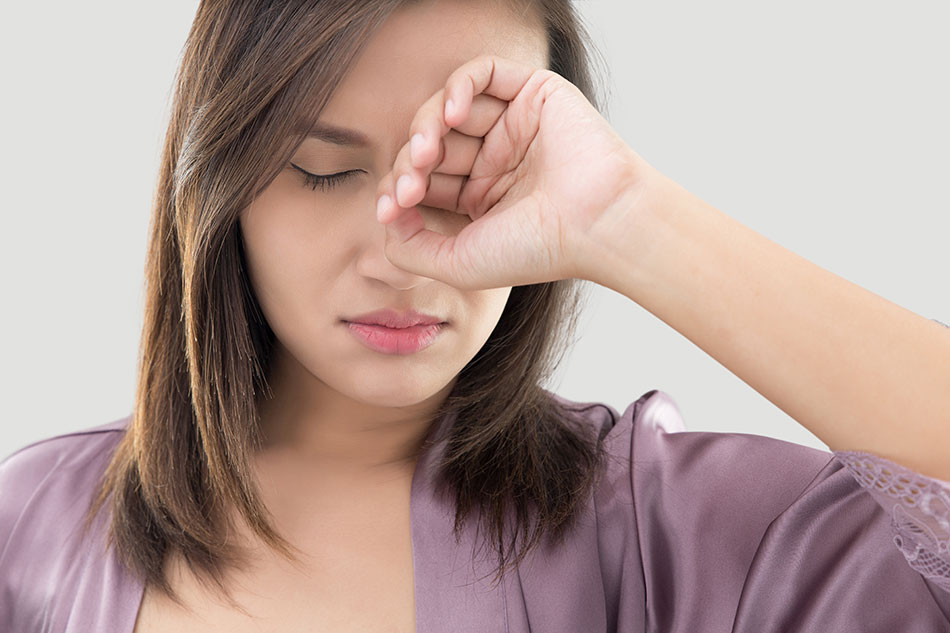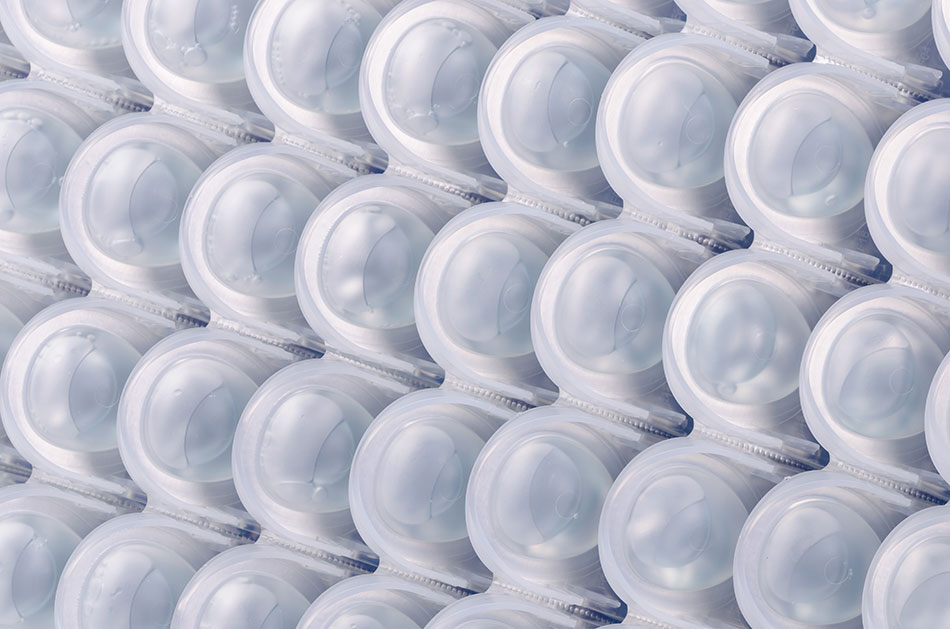Help! Can I Fix My Contact Lens Intolerance? And How?

Given that nearly half of the population needs glasses, we know that vision correction is vital. But it's not surprising that not everyone likes to wear frames on their faces. Eyeglass frames can be bulky and block your peripheral vision. You also have to continually adjust your glasses, especially during physical activities.
Those of us who think we don't look great in glasses prefer to keep our look one without glasses. So we opt for contact lenses. After all, contacts go with every outfit and look. Plus, once they’re in, no adjustments are needed!
However, it's easy to develop contact lens intolerance (also known as CLI) even when you do everything right. This leads to frustration, but it doesn’t have to be this way.
Try out the five options below if you feel you're developing a lens intolerance. Nothing ventured, nothing gained, right?
1. Add Artificial Tears
If you're struggling with contact lens discomfort (CLD), don’t worry. You might not be producing enough tears to lubricate the lenses. Artificial tears can add useful lubrication in these cases of intolerance. But ask for recommendations from your doctor first. You need to get drops that are both compatible with your lenses and won't cause any increased discomfort.For example, some people find the preservatives in eye drops to be irritating; in which case, they use preservative-free drops.
Why should you ensure that your eye drops are lens-friendly? Because each type of drop has a set of approved lenses that it's designed to work with. Incompatible eye drops can discolor your lenses. Those ruined by drops then require replacement.
Products made for red eyes may not be useful. Those type of eye drops constrict blood vessels located within the whites of your eyes. Your eyes may look less irritated, but they won't feel any better.
The issue with dryness requires something to simulate tears. If your eyes tear up, they’re lubricating your eyes and the lenses in them. That is the best way to deal with dryness or intolerance issues. Although, excessively dry eyes can also produce excessive tears - without relief. When in doubt, always check with your eye doctor. Until then, in the absence of your natural tears, artificial solutions work!
2. Supplements

You might not think that your lunch has anything to do with your lens discomfort. But in fact, it does. In order for your contacts to feel comfortable, your body has to produce an ample amount of tears.
Your body can't produce tears without the tools for doing so. On top of that, the quality of your tears matter. Tear chemistry is based on your diet. So to have quality tears, you need to be getting the right nutrients.
Omega-3 fatty acids are the best way to ensure that you have the right kind of tear chemistry. You'll find these acids in some fish and nuts. When you cook, add flaxseed oil to help improve your body's oils. You'll add to your tear composition while also eliminating issues with tear evaporation.
Talk to your doctor or a nutritionist about ways to increase the volume of healthy fats in your body. The healthier you eat, the more likely you are to be comfortable with your contacts.
3. Try Punctal Occlusion
While this might sound like the name of a psychedelic rock band from the 1970s, it’s not! Punctal occlusion is a method for improving your tear flow. When your eyes drain tears away, you lose the moisture necessary for making contacts feel more comfortable.
Adding a punctal plug can block the ducts from draining your tears. This keeps your eyes moist and lubricated while wearing contacts. Without the moisture, your contacts can feel abrasive against your eyes. However, new contact wearers shouldn't seek out this out right away. This is a solution for contact wearers who experience persistent problems over time.
If you work in a high-performance environment like sports or construction, switching to glasses might not be an option. Contacts are the ideal solution for several situations. Consider punctal occlusion if you don't have other options.
For anyone intimidated by this kind of invasive treatment, there are temporary or dissolving plugs available. Opt for those type of plugs to see how it feels. Then, if it works for you, you can go for the semi-permanent (acrylic or silicone) punctal plugs.
4. How About Daily Disposables?

One of the main reasons why contact intolerance develops for people is because they aren't using them ideally. Switching wear schedules, wearing them less often, and taking them out at home are all options that can help. Even just switching to a new pair of lenses could solve many of your problems.
When redness and discomfort arise, consult your optometrist. If he or she doesn't find any major allergies or issues, you might simply feel uncomfortable with your current lens solution.
Deposits of particles build up on lenses over time. Even when you soak your contacts overnight, small deposits can still lead to irritation. The solution for you is to start each day with a new set of lenses.
Daily disposables aren't susceptible to airborne allergens that could build up and stick to your lenses. As the lenses are thrown away at the end of each day, so are any allergens and the problems they attract.
Lenses can also build up with lipids and proteins from your tears. This can cause irritation and discomfort. If they aren't removed at the end of every day by a good soak. But with daily disposables, the answer is to toss them out and start again. Easy peasy!
Ask your optometrist about what's available for you in daily disposable contacts.
5. Not All Lenses Are Created Equally
Some lenses have different water content than others. Soft lenses hold more water than rigid gas permeable lenses do, which makes them easier to wear.
Some people feel more comfortable with material that has a low water content. If you're dealing with contact lens intolerance, try a new type of lens. A lens that retains more moisture could make your eyes feel better. Dry eyes often require moist lenses that retain water much better.
Silicone hydrogels are soft lenses designed to help with eye discomfort. They allow even higher oxygen flow to your eyes. These lenses often stay wetter longer than standard soft lenses.
Talk to your optometrist about the composition of various lens types before you make any major decisions.
Your Contact Lens Intolerance Isn't Permanent!

We understand that you may have been upset to find you've developed a contact lens intolerance. But thankfully, it's not a permanent condition!
Contact lenses can become uncomfortable for a wide variety of reasons. Once you’ve pinpointed what’s causing the intolerance, then you can take the appropriate actions to make contacts feel comfortable again.
Another hot tip: to learn how to put in contact lenses properly, check out our guide!